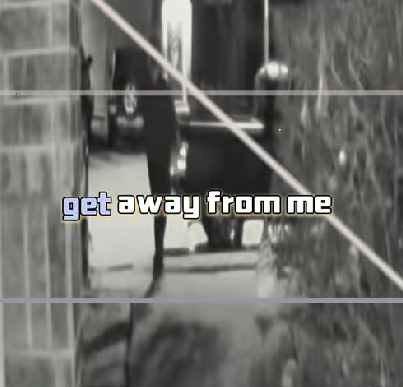What started as an ordinary day quickly spiraled into a scene straight out of a nightmare. My wife and I were simply enjoying a quiet afternoon, running errands and catching up on small talk, when the atmosphere around us suddenly shifted.
We were standing in line when a commotion broke out just a few feet away. At first, we thought it was a misunderstanding—voices were raised, and people were turning their heads—but then it became clear that something serious was unfolding. My wife’s hand instantly gripped mine, her body tense as she tried to process what she was seeing.
In a matter of seconds, someone stumbled backward, nearly colliding with us. The look in their eyes was pure panic. Before we could even react, two other individuals appeared, shouting and pointing. The entire space felt electric with tension—everyone frozen, not knowing what to do next.
My wife’s breathing grew fast and shallow, her eyes wide. I could see her scanning for an exit, trying to figure out if we were in danger. The sound of her heartbeat was almost audible in the silence that followed. Then came the loud crash—a chair toppling over—that made her flinch so hard she nearly jumped into my arms.
The incident was over almost as quickly as it began, but the effect it had on her lingered. Even after we stepped outside, she was visibly shaken. Her hands trembled, and she kept looking over her shoulder as if expecting something to happen again.
That night, she admitted she couldn’t stop replaying the moment in her head—the noise, the shouting, the uncertainty. What frightened her the most wasn’t what happened, but how quickly a normal situation could turn into something dangerous.
To this day, whenever we go out, she’s more alert, scanning her surroundings in ways she never did before. That one moment changed her perspective forever.
